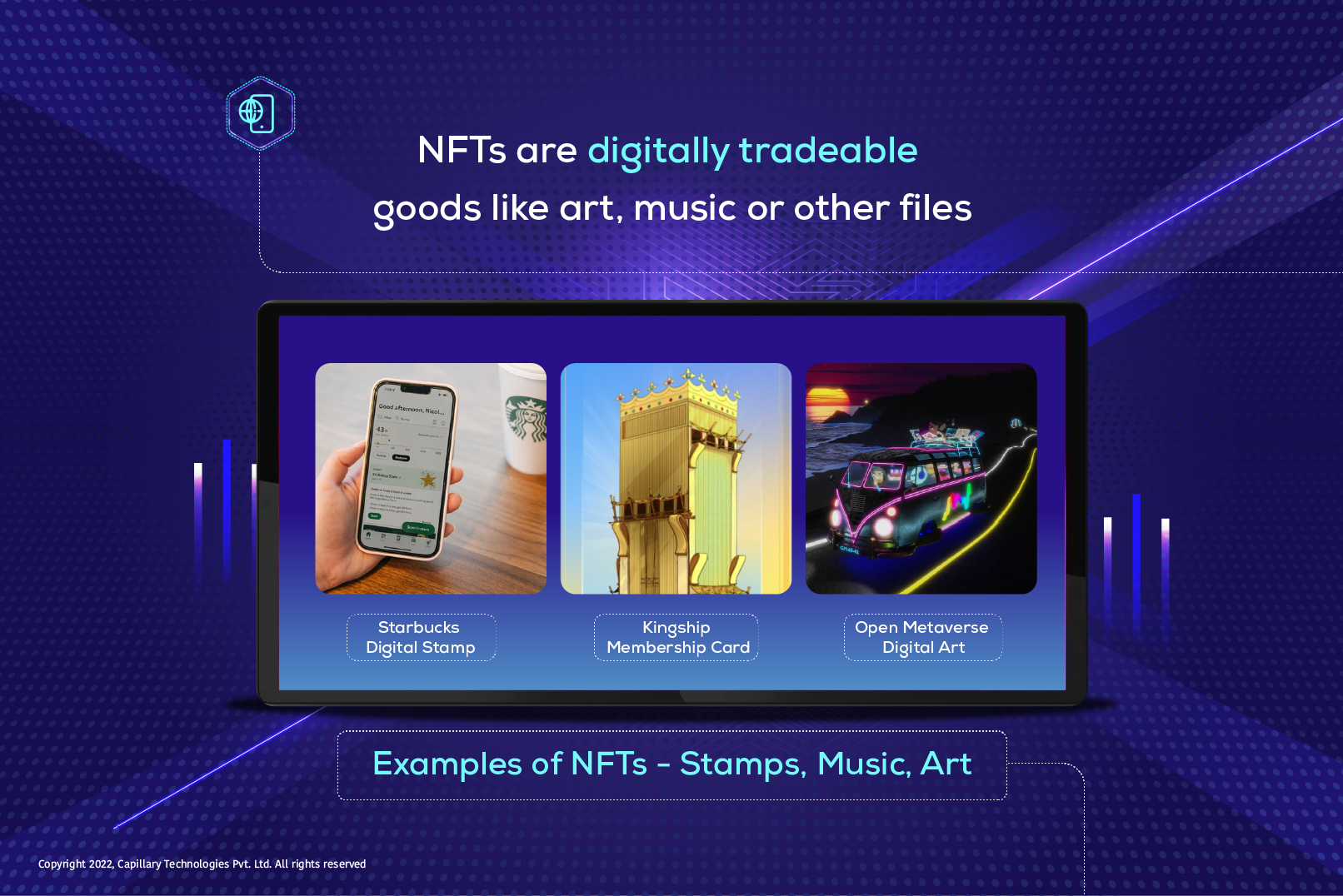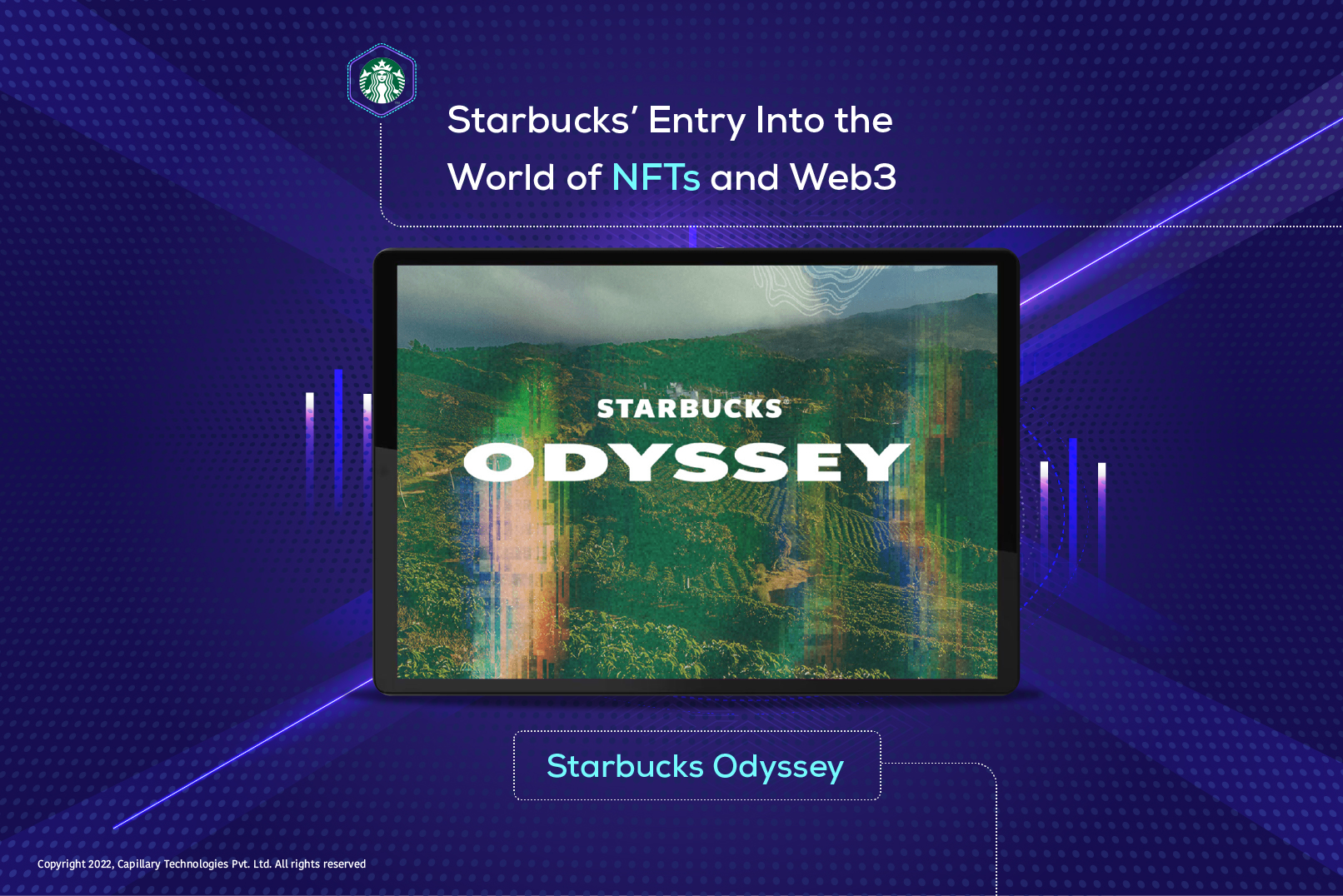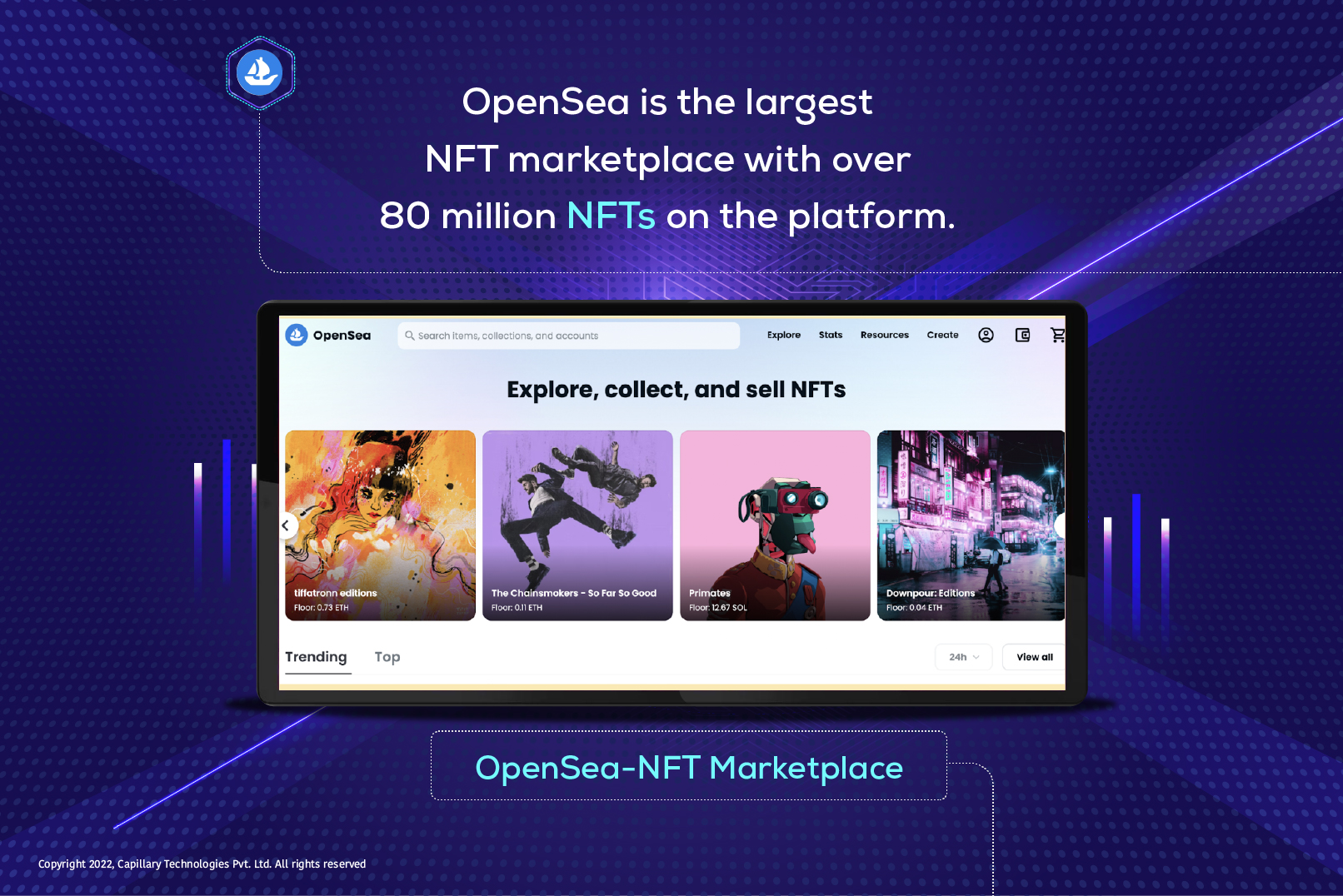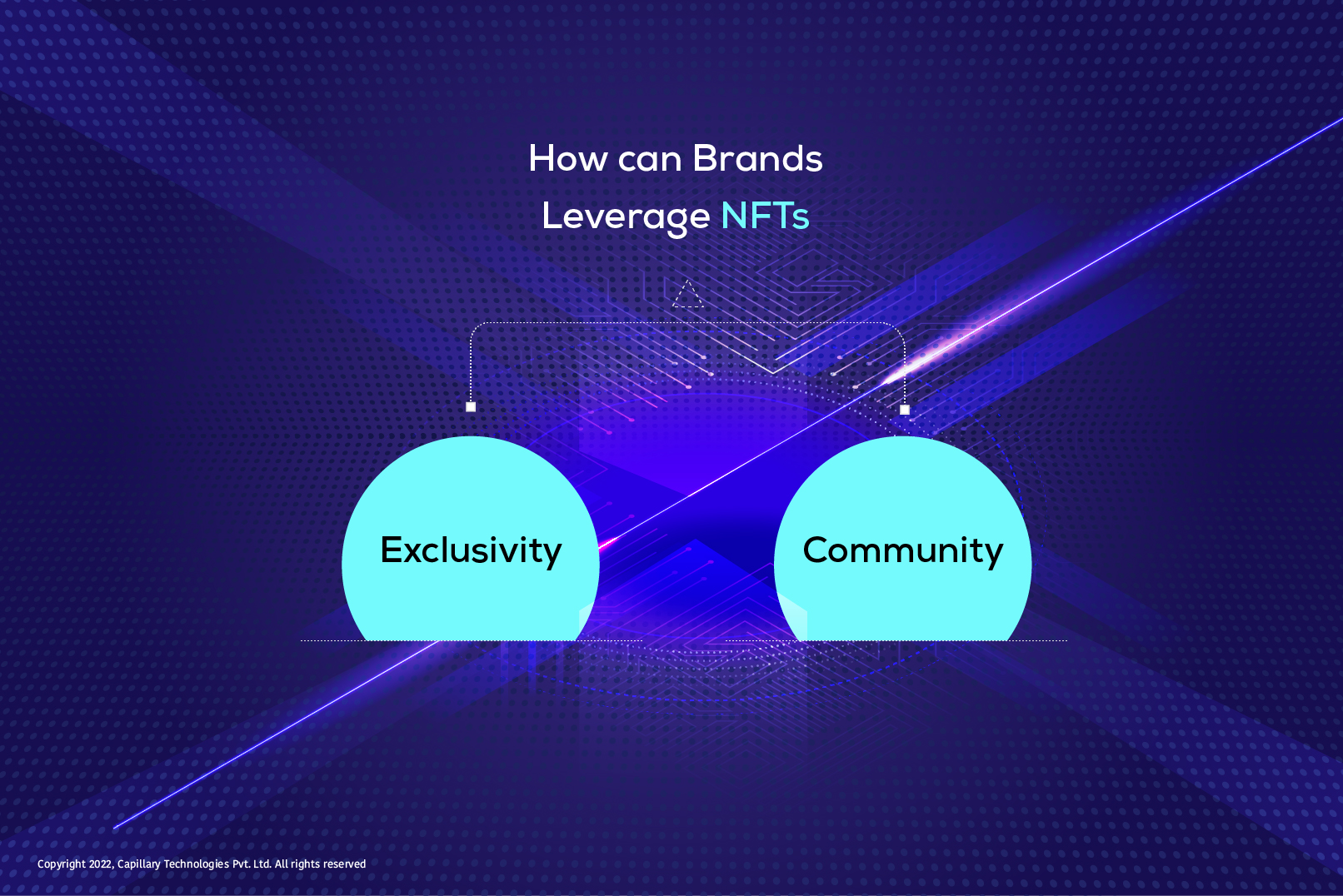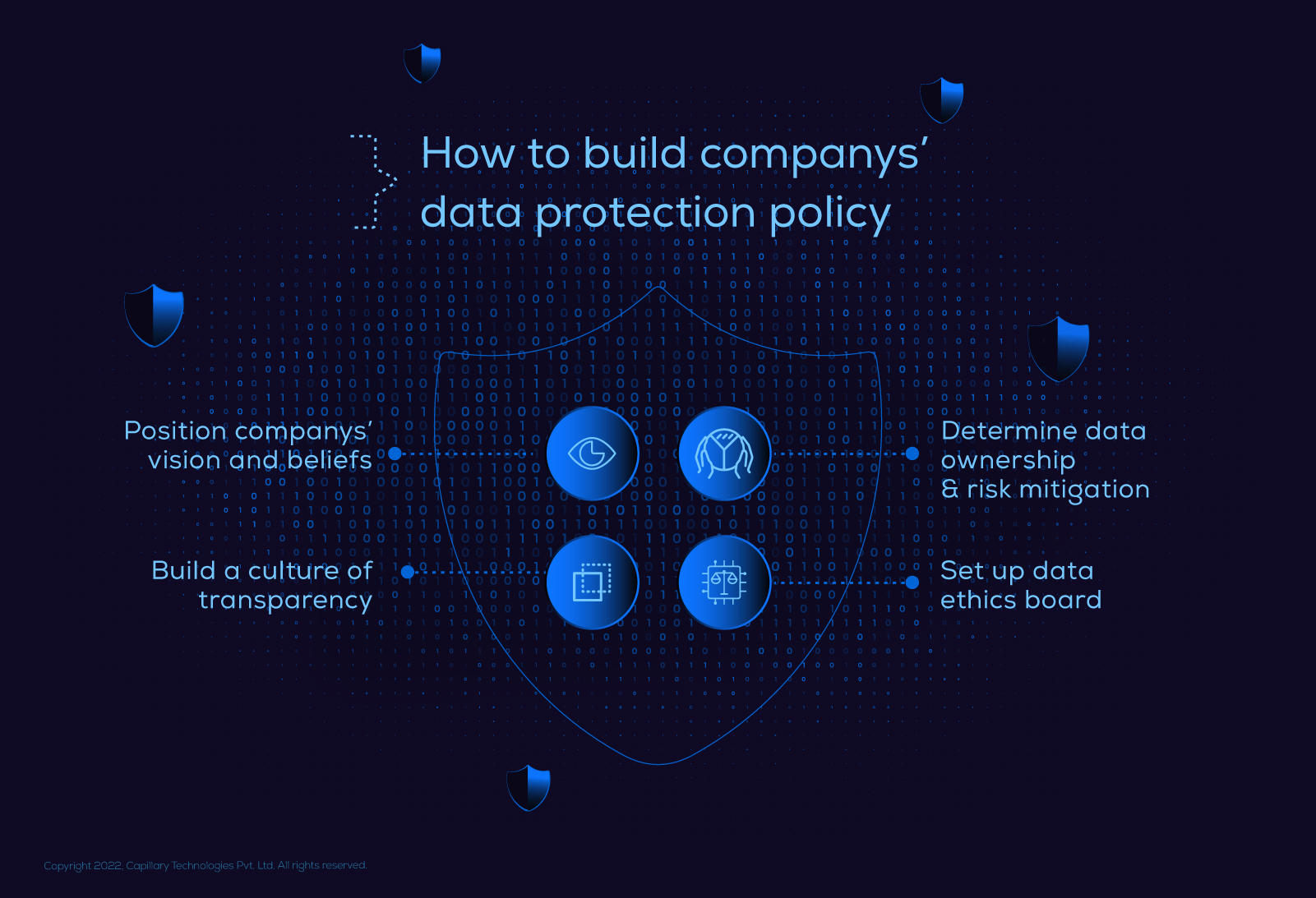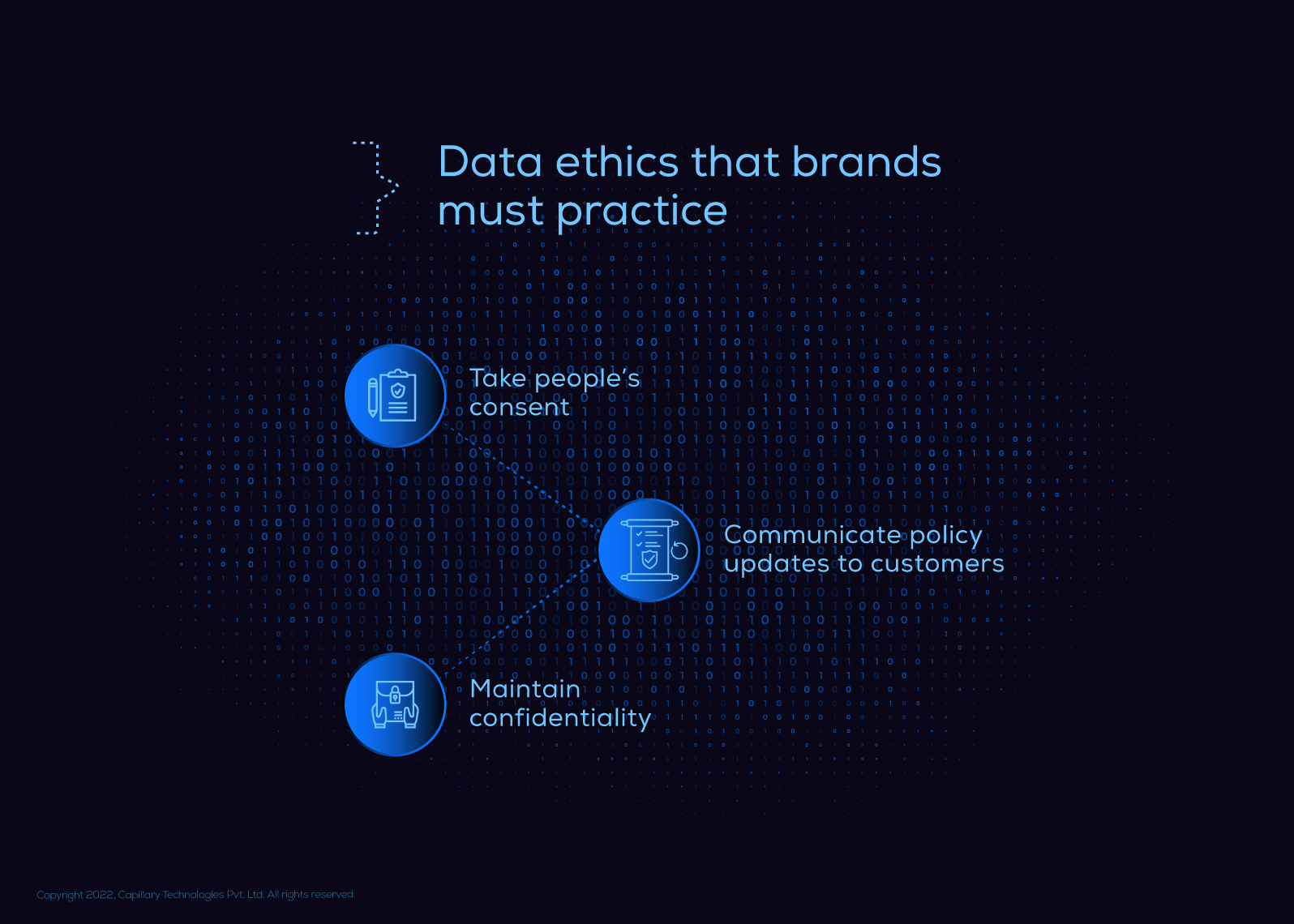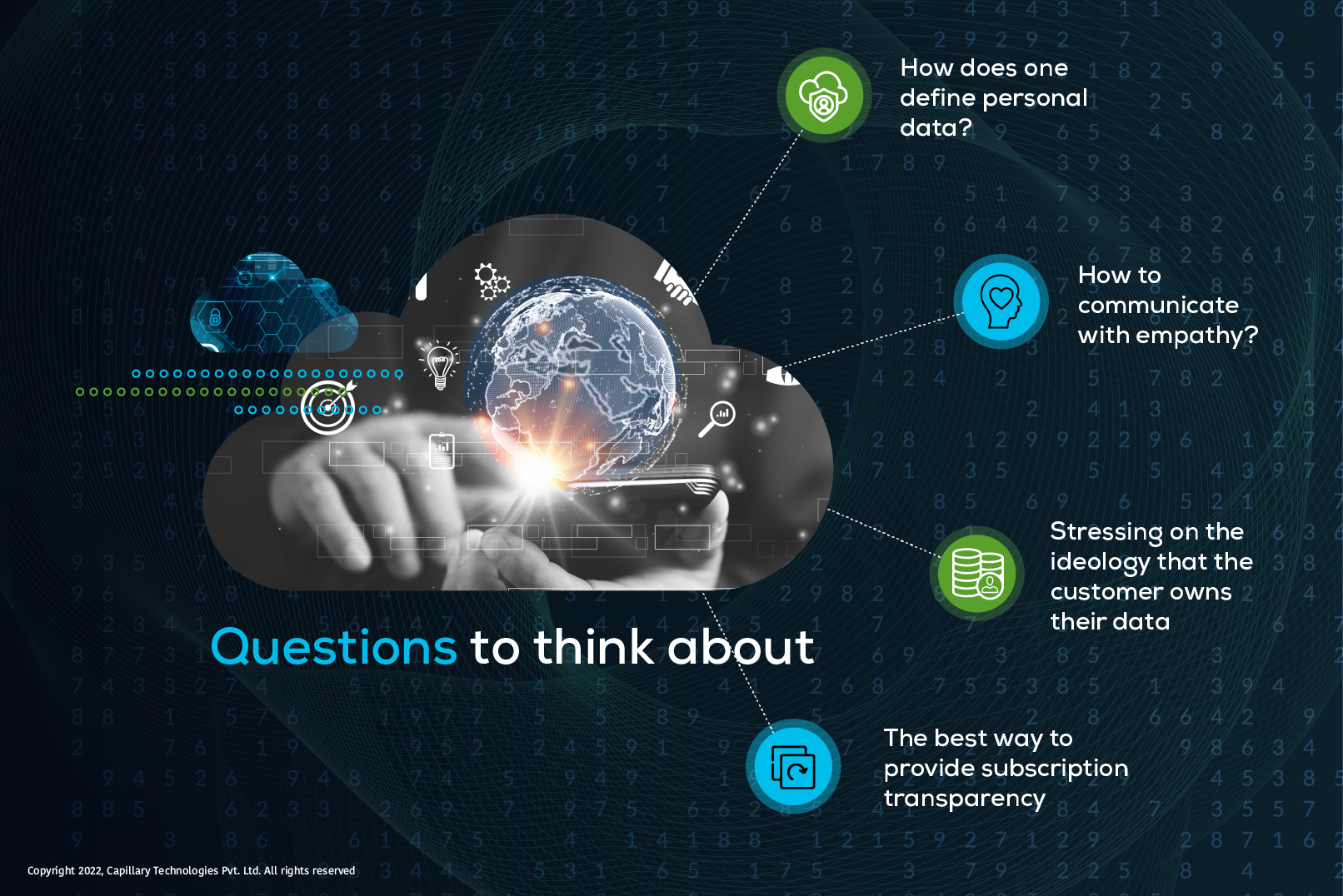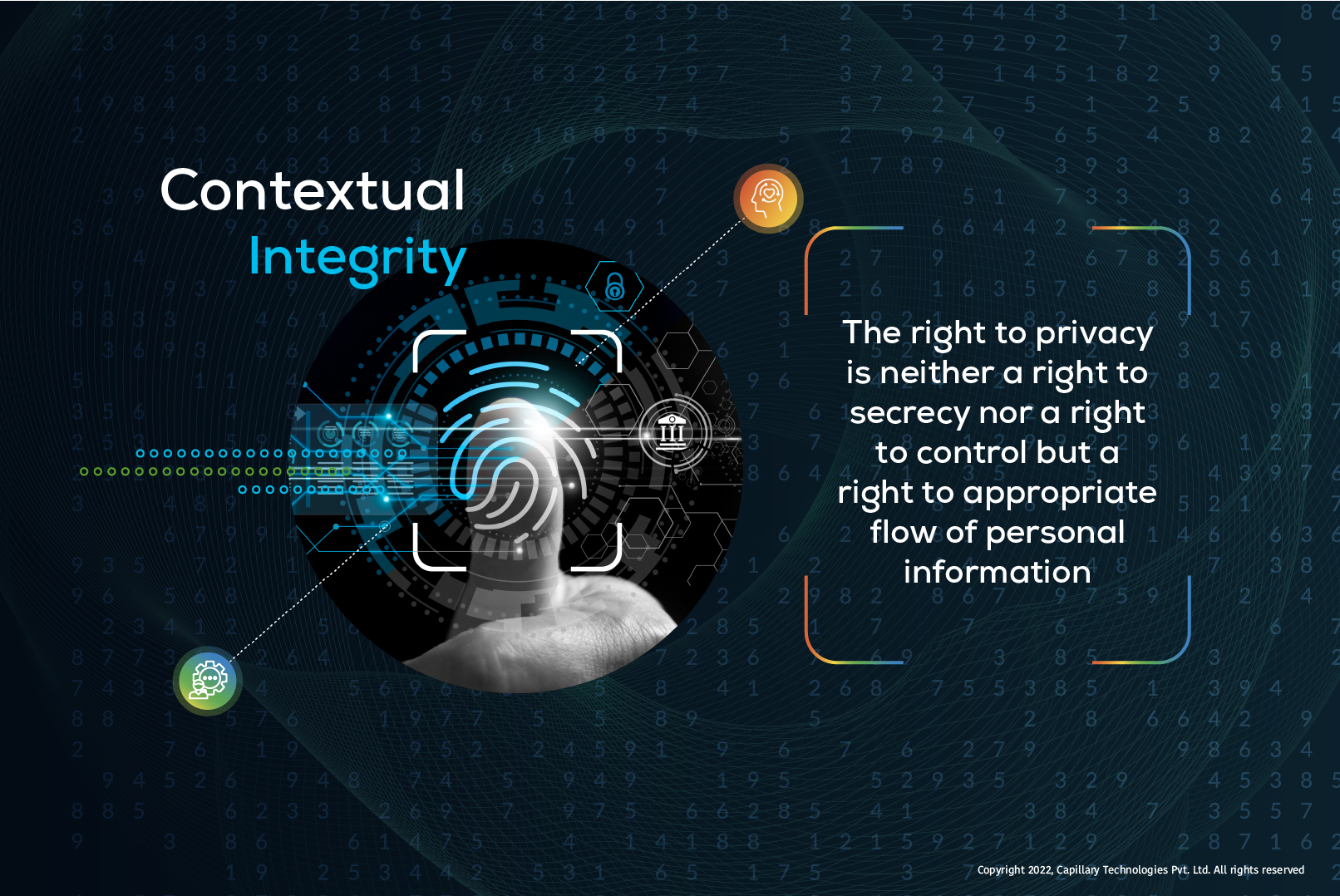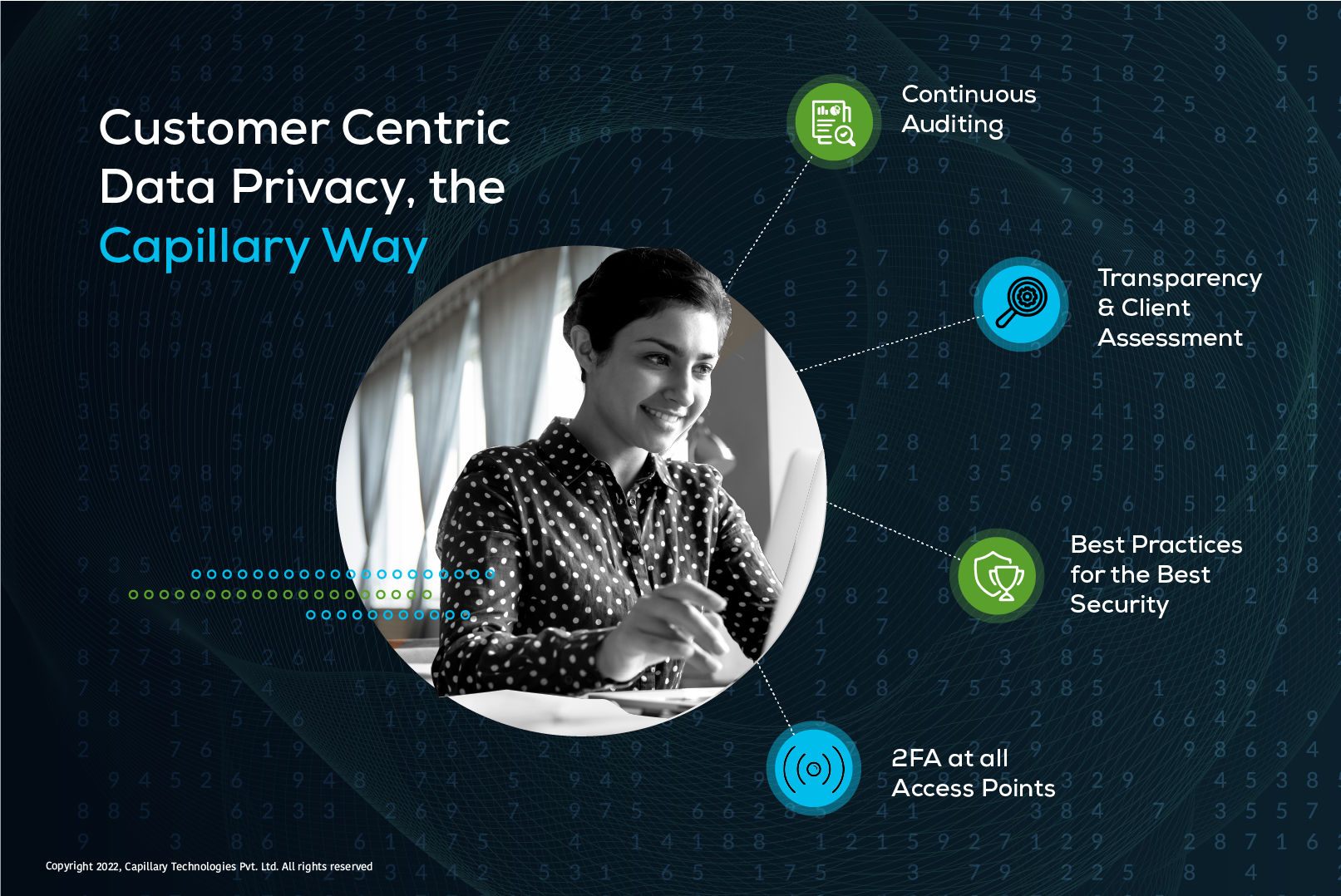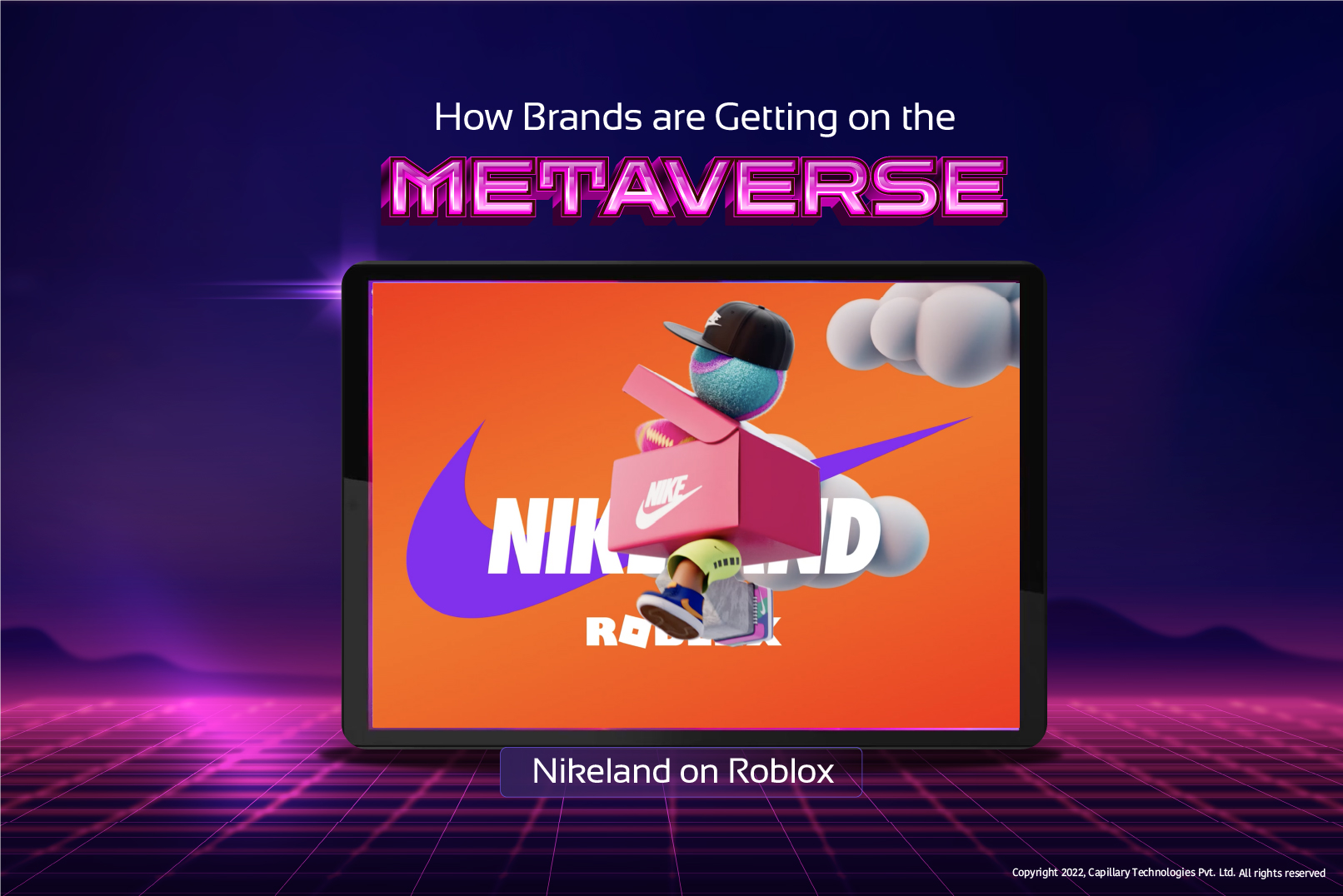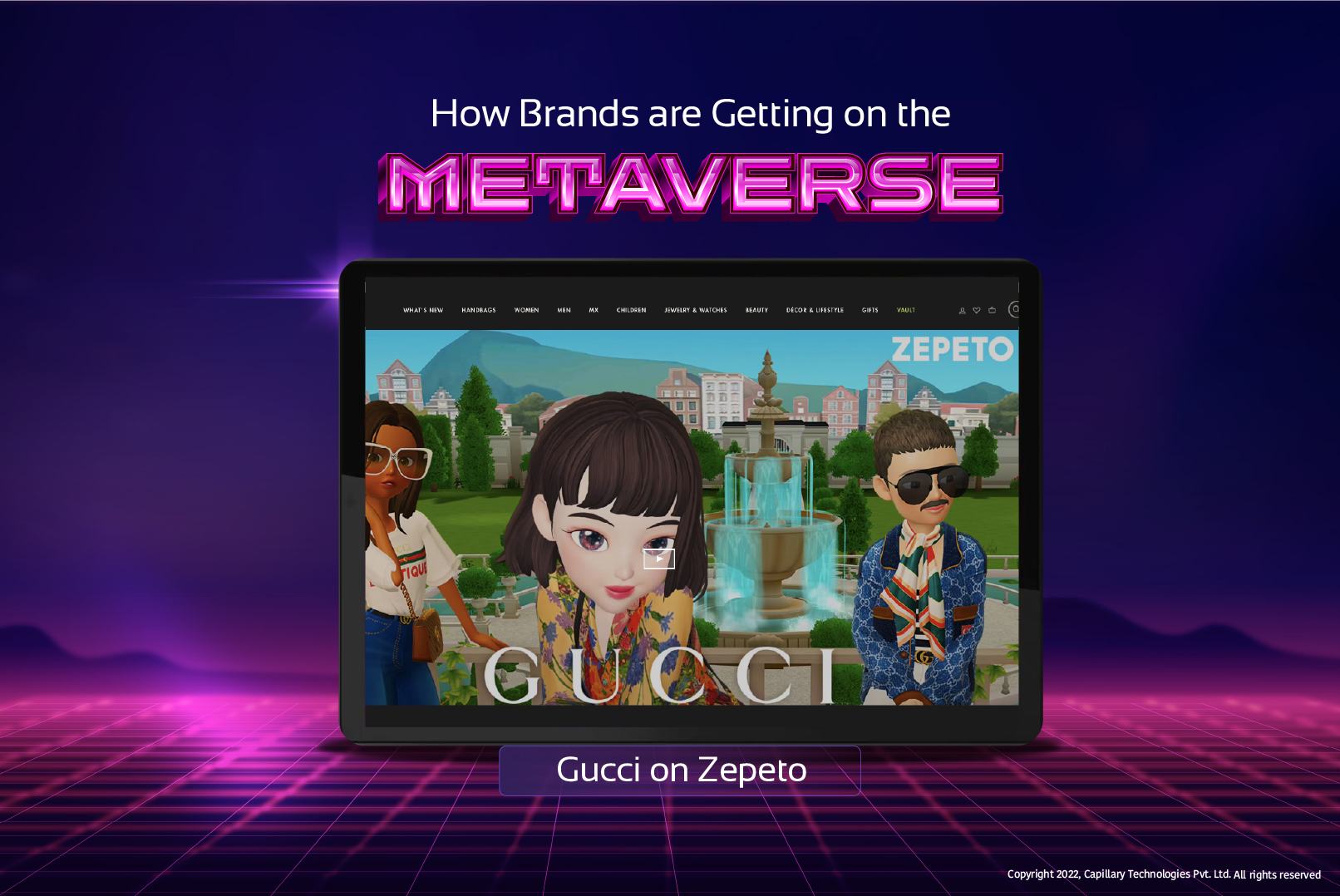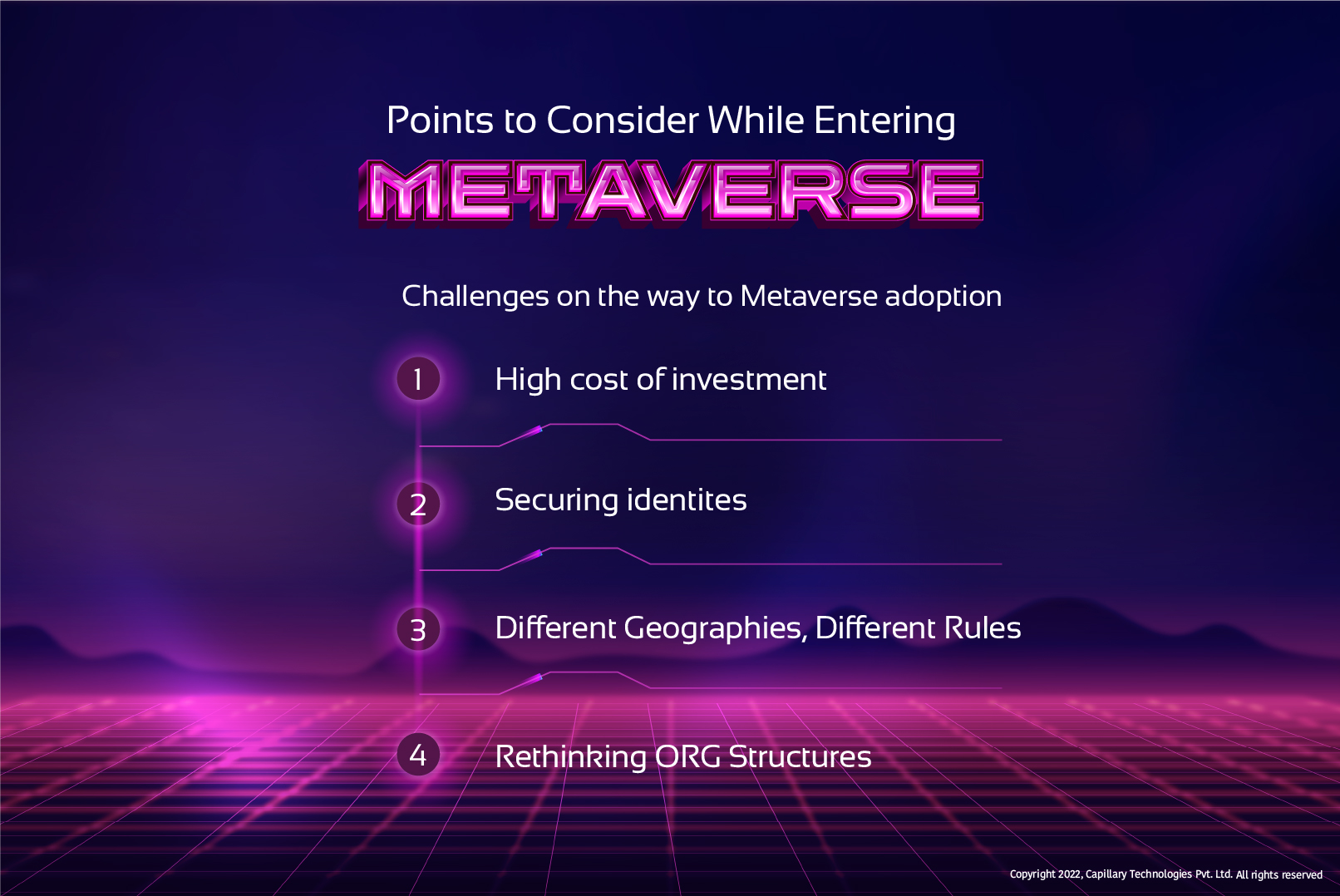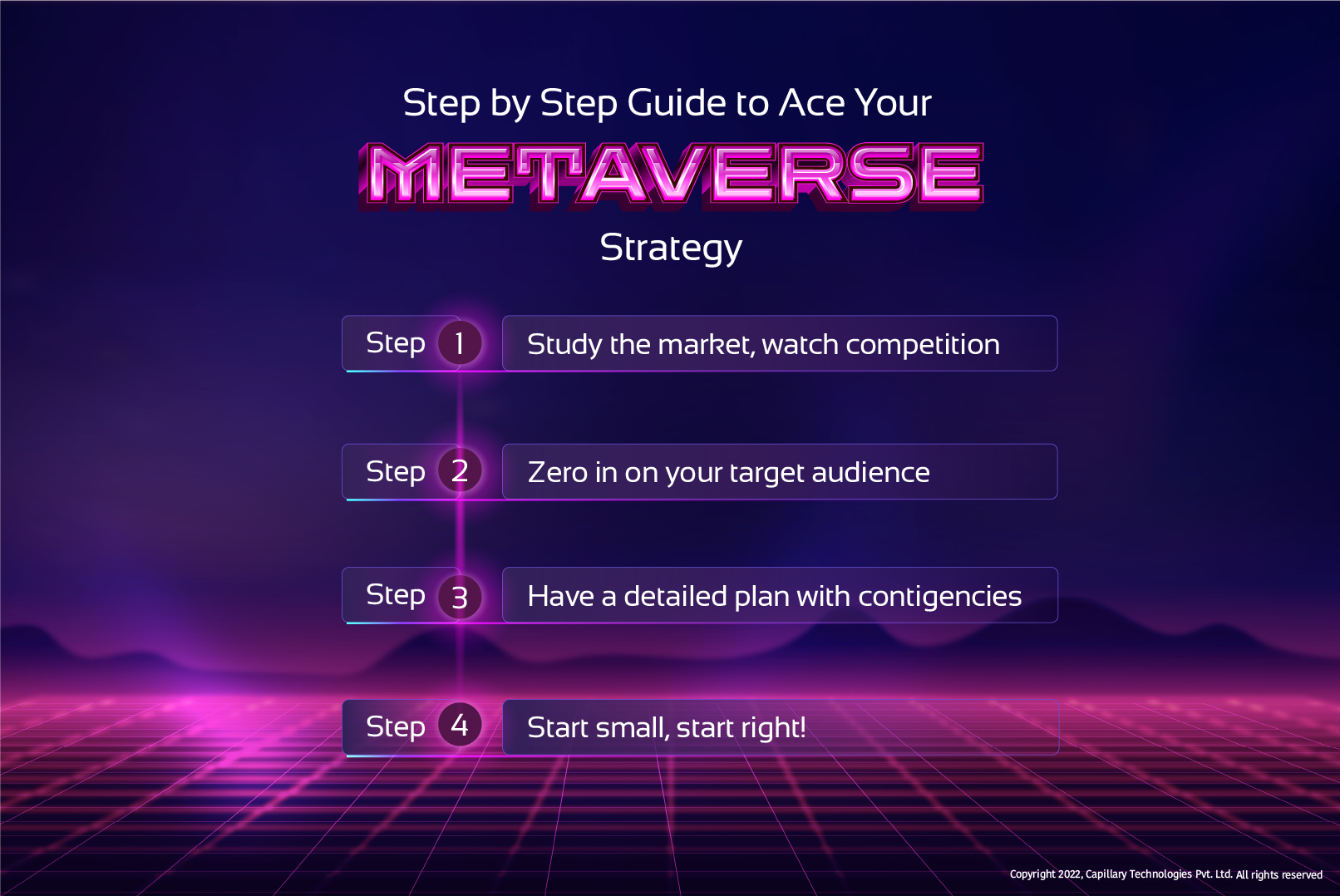Collin’s dictionary had an interesting term as the ‘Word of the Year for 2021’. Any guesses? It was NFTs! Non-fungible tokens (NFT) as a term saw an increase in use by a whopping 11,000%! The excitement has petered down over the last few months but there was massive hype owing to the rise of sellable digital art on the blockchain and the possibilities it could open up. The entire space has become more realistic now and brands are entering the domain with some amount of research.
What is NFT?
To put it in very simple words- NFT is a digital commodity like art, music, or any other file that can be traded. Every piece of art is unique and it becomes an NFT after the artwork or file is minted on the blockchain. It sounds pretty complex but minting is primarily publishing a digital asset on the blockchain.
Why is NFT Important for a Loyalty Marketer?
A marketer’s job is to identify places or networks where the brands’ customers or potential customers hang out and take the brand there. And by this definition, NFTs are pretty big now- their market size in 2021 stood at $4.36 billion!
Some progressive brands jumped onto the NFT bandwagon early on but Starbucks took its time and entered with a bang by launching Starbucks Odyssey– an NFT Web3 extension to its already successful rewards & loyalty program. Brady Brewer, Starbucks executive vice president, and chief marketing officer said, “Leveraging Web3 technology will allow our members to access experiences and ownership that was not possible before. Starbucks Odyssey will transcend the foundational benefits that our Starbucks Rewards members have come to love, and unlock digital, physical, and experiential benefits that are uniquely Starbucks.”
Apart from Starbucks, “Nike sold an NFT Sneaker for $134,000!” reads an NYTimes headline, and they very pertinently ask, “Why would anyone spend that much for a virtual shoe?” For a non-gamer and a web3 world noob, all this reads rather outlandish but the buyer of this virtual sneaker, Mr. Chui, has something to say about his motivation, “The thing that gets me most excited is going through this renaissance. We’re experiencing this intersection of the physical, the virtual, the gaming world, and the investing world in real-time.”
It may seem a little far-fetched, but the reality is closer than it seems. For instance, Starbucks’ Odyssey is a lot more realistic, where the end customer does not need to have cryptocurrency or any other account but can still reap the benefits of the NFT-based program. Odyssey will allow consumers to collect digital stamps (not akin to loyalty cards that have existed for decades) and these stamps will allow them to unlock special experiences like a virtual coffee-making workshop from the best Barista to a real tour of the Starbucks estates in Costa Rica.
Rise and Fall of NFTs
2021 was the year for NFTs. 2022 beginning was steady but there has been a sharp fall after the first few months. In September 2022, the daily trading value on OpenSea was down 99% from its May 1 peak of $405 million! At the time of writing this on October 11, the daily trading volume was a meager $8.9 million.
The gaming industry and digital art collection industries were the two main industries that drove NFT adoption. In gaming, a new wave of blockchain-based play-to-earn games has emerged where people can play and win digital assets, which can then be exchanged for physical rewards or used to trade with other digital goods on OpenSea.
Although the overall adoption has tapered owing to the global economic downturn, reports claim that the NFT market size will rise to $200 billion in 2030. Only time will tell whether this becomes a reality but NFTs are unlikely to disappear entirely. NFTs are a doorway for brands to enter the metaverse as the lines between physical and digital are surely blurring. Steadily, more and more experiments by brands will pave the way for the future of NFTs.
Exclusivity and Community- A Loyalty Marketers’ Lure
The kind of possibilities that the metaverse offers are amazing. Imagine, two coffee lovers from different parts of the world meeting because of a special experience they unlocked through NFTs! Brands can play on the two biggest cards- providing exclusivity to members and the community angle where people don’t just connect with the brand but with other people too.
By exclusivity, we mean a campaign where a particular pair of sneakers are only available on the metaverse. Or if a user enrolls for the NFT program (without having any prior knowledge about NFTs or cryptocurrencies), he/she becomes eligible for a set of unique experiences that the brand is providing.
The feeling of belonging that a community brings in is always special. People often indulge in experiences or do things not for that thing but for the company with who they’re experiencing it. The metaverse opens up the world in that way because geography isn’t a constraint. A community can engage from any part of the world and bond over things they feel connected to.
Conclusion- Start Small, Start Now!
NFTs, metaverse, and the entire Web3 technology ecosystem has several opportunities for loyalty marketers to leverage and extend their customer engagement programs. It opens up an entirely new arena for referral programs and rewards & benefits programs to take customer experience to another level. The younger demographic across the world is already digital-first and for brands to stay relevant to the new incoming consumer base, a solid strategy for NFTs and metaverse is a must. Here’s another deep dive into the changing face of CX in the metaverse but the crux of the solution is to understand the space thoroughly, assign a small team and start with a pilot program to test out the waters.
